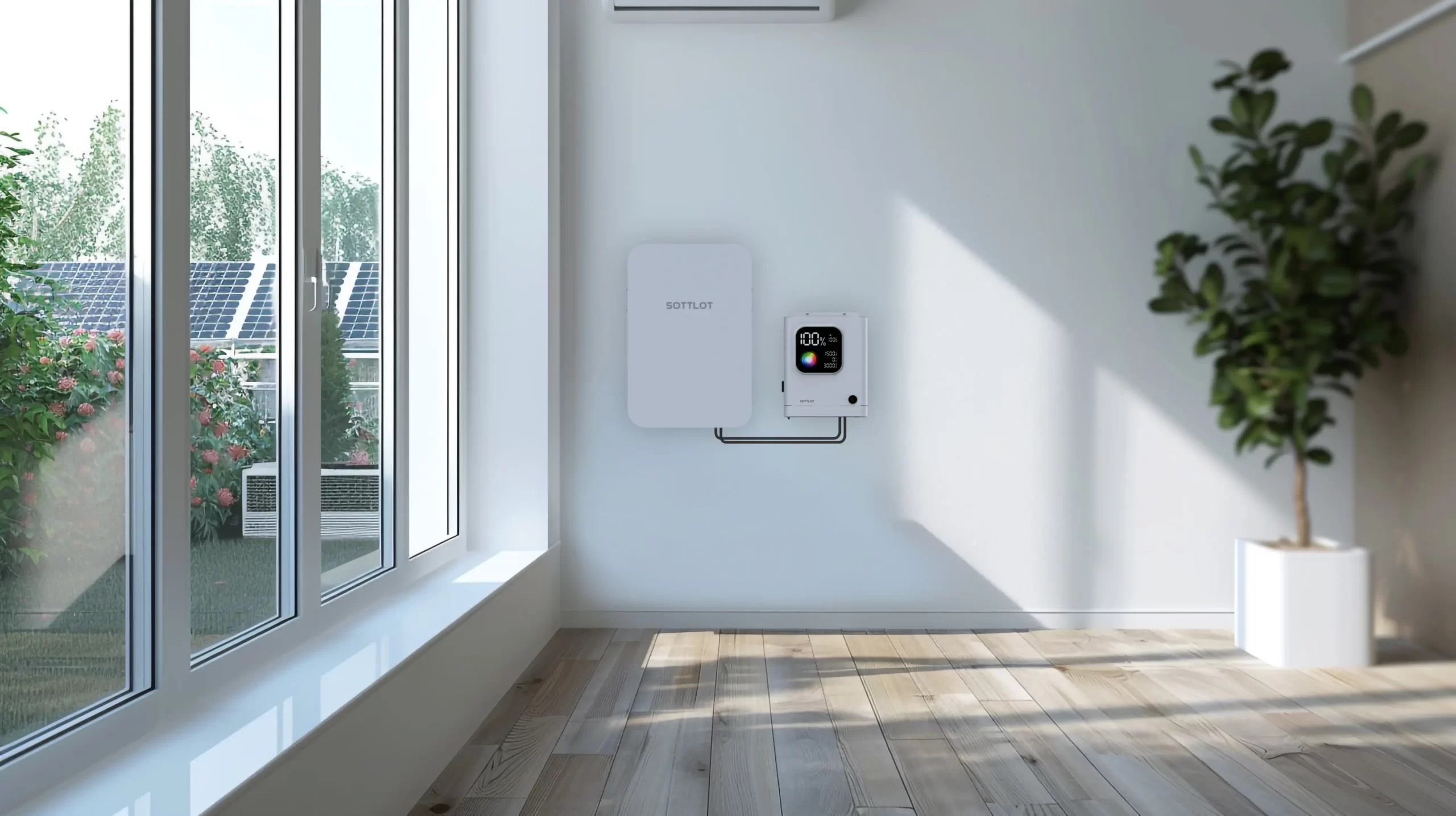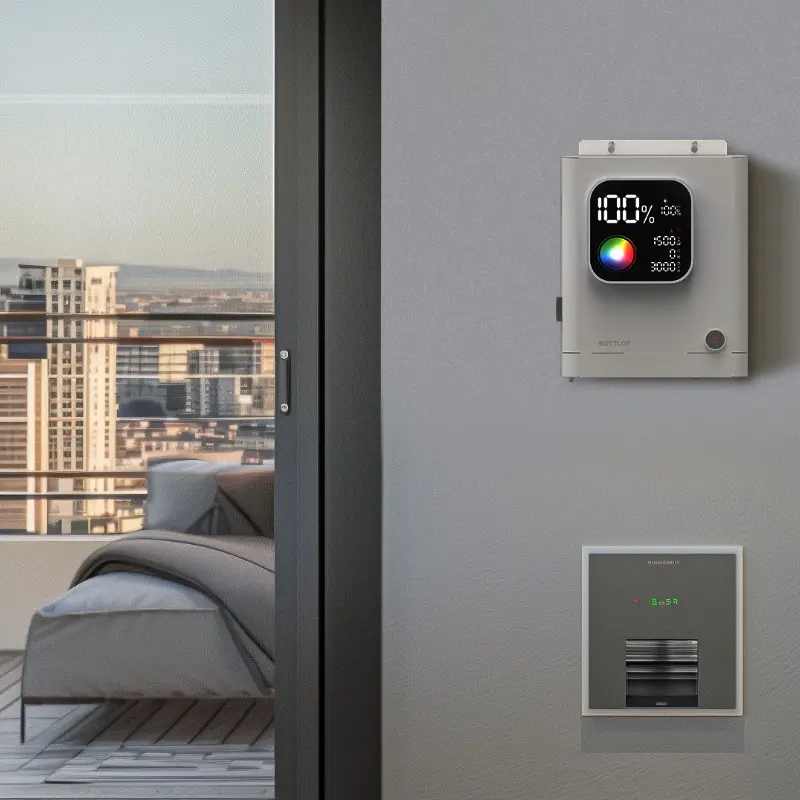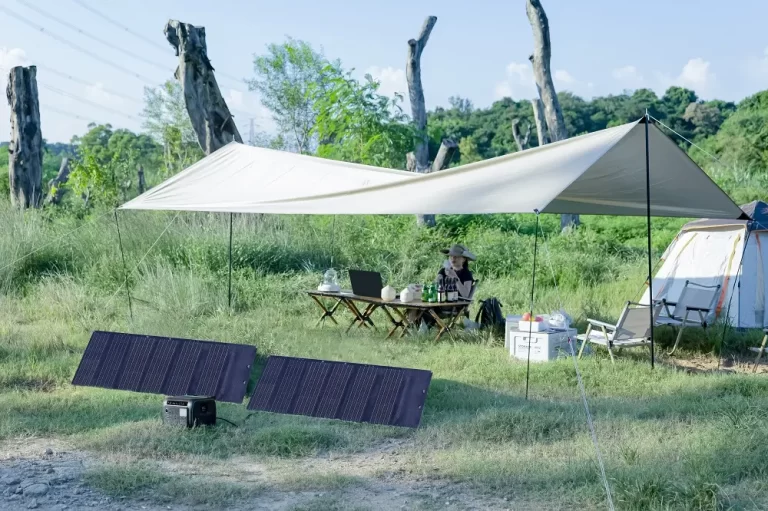In recent years, the global solar energy storage market has experienced rapid growth. With rising demand for renewable energy, especially the widespread adoption of solar power, energy storage systems have become a crucial component of the energy industry. These systems enhance the flexibility and stability of energy usage across residential, commercial, and industrial sectors, providing essential support for carbon neutrality goals. However, technical terms and specialized concepts in solar energy storage may be unfamiliar to many B2B customers. This article aims to clarify common terms in the solar energy storage field, enabling customers worldwide to gain a clear understanding of these systems and make informed product choices.

Explanation of Key Terms in Solar Energy Storage
Battery Management System (BMS)
- Definition: The Battery Management System (BMS) is the core component of an energy storage system, responsible for monitoring and managing battery performance.
- Function: BMS monitors voltage, temperature, and charge/discharge currents, with functions like anomaly detection and alarms. It optimizes battery performance, preventing overcharging, over-discharging, or overheating, thereby extending battery life.
- Importance: BMS ensures system safety. In multi-module systems, such as SOTTLOT’s DPE-5K battery system, BMS allows parallel monitoring and multi-parameter tracking, ensuring efficient and safe operation even in complex environments.
Inverter
- Definition: An inverter is a key device that converts direct current (DC) to alternating current (AC). Solar panels and batteries produce DC, while most appliances require AC, so the inverter ensures stable AC output.
- Function: The inverter acts as a bridge in the storage system, converting stored DC power into usable AC power. High-quality inverters also regulate power output to prevent equipment damage from current fluctuations.
- Importance: Inverter quality directly impacts system efficiency and output stability. SOTTLOT’s systems use high-efficiency inverters to ensure smooth power output, suitable for a range of commercial and residential applications.
Maximum Power Point Tracking (MPPT)
- Definition: MPPT is a power optimization technology that enhances the output efficiency of solar systems under varying weather conditions.
- Function: The MPPT system adjusts the operating point based on changes in sunlight and temperature, ensuring optimal performance and maximizing power output.
- Importance: MPPT plays a key role in improving system efficiency, particularly in regions with inconsistent lighting. MPPT enables solar panels to maintain performance in fluctuating conditions, significantly increasing energy efficiency.
Grid-Connected & Off-Grid Systems
- Definition: Grid-connected (on-grid) systems connect to the public grid, while off-grid systems are self-sufficient and independent of it.
- Applications: Grid-connected systems work well in areas with stable grids, enabling two-way energy usage by supplying excess power to the grid. Off-grid systems are ideal for remote areas without reliable grid access, providing standalone electricity.
- Importance: Selecting the right system type helps optimize electricity costs and ensures a sustainable power supply. SOTTLOT’s products support both on-grid and off-grid configurations, offering adaptable solutions for diverse needs.
Lithium Battery (LiFePO4)
- Definition: Lithium Iron Phosphate (LiFePO4) batteries are efficient, safe, and durable energy storage options widely used in solar systems.
- Characteristics: LiFePO4 batteries offer long service life, high-temperature tolerance, and moderate energy density. They are thermally and chemically stable, reducing the risk of thermal runaway and ensuring safety.
- Importance: The reliability and longevity of LiFePO4 batteries make them ideal for energy storage systems. SOTTLOT’s DPE-5K system uses these batteries for long-lasting, stable performance, even under harsh conditions.
Rated Power & Surge Power
- Definition: Rated Power is the stable power output the system can sustain over time, while Surge Power is the maximum power the system can handle briefly.
- Applications: Rated Power meets continuous power needs, while Surge Power handles short bursts, preventing overload during high-demand situations, such as equipment startups.
- Importance: Understanding rated and surge power helps configure systems correctly, ensuring proper operation of connected equipment.
7. Parallel & Series Connection
- Definition: Parallel connections increase system capacity, while series connections raise system voltage.
- Applications: Parallel connections suit high-capacity storage systems, enabling multiple batteries to increase total capacity. Series connections, by raising voltage, are ideal for applications requiring higher output.
- Importance: Choosing the correct connection method optimizes system performance for different needs. SOTTLOT’s storage products support both parallel and series configurations, allowing flexible use across various industrial and commercial settings.
Product Selection Recommendations Based on Key Terms
Choosing the right energy storage product depends on specific needs and applications. Below are considerations for common customer types:
- Industrial Customers: Focus on rated power, surge power, and inverter quality, as industrial applications demand high power and system stability.
- Commercial Customers: High-capacity Li-ion battery systems are ideal, along with MPPT and BMS features to ensure power stability and efficiency.
- Home Users: Emphasis should be on BMS safety, inverter quality, and on-grid/off-grid options. SOTTLOT’s DPE-5K system, with modular design and flexible installation, is convenient for residential users.
SOTTLOT’s products excel in BMS, MPPT, and inverter performance, providing high-quality solutions across industries.
How SOTTLOT Helps Customers Understand Energy Storage Technology
As a leader in solar energy storage, SOTTLOT not only provides advanced products but also ensures customers fully understand the technology. SOTTLOT supports customers through:
- Detailed Technical Manuals: Each product comes with a comprehensive manual to help customers quickly understand system functions and operations.
- Training and Technical Support: SOTTLOT’s global technical team offers professional training and support to familiarize customers with system operation and maintenance.
Solar energy storage systems involve many technical terms and concepts, and understanding these terms helps customers make informed choices. SOTTLOT’s technical expertise and global support empower customers from terminology explanation to product selection. We encourage customers to deepen their knowledge of energy storage systems and use SOTTLOT’s technical resources for specialized solutions, enabling long-lasting, stable clean energy applications.




